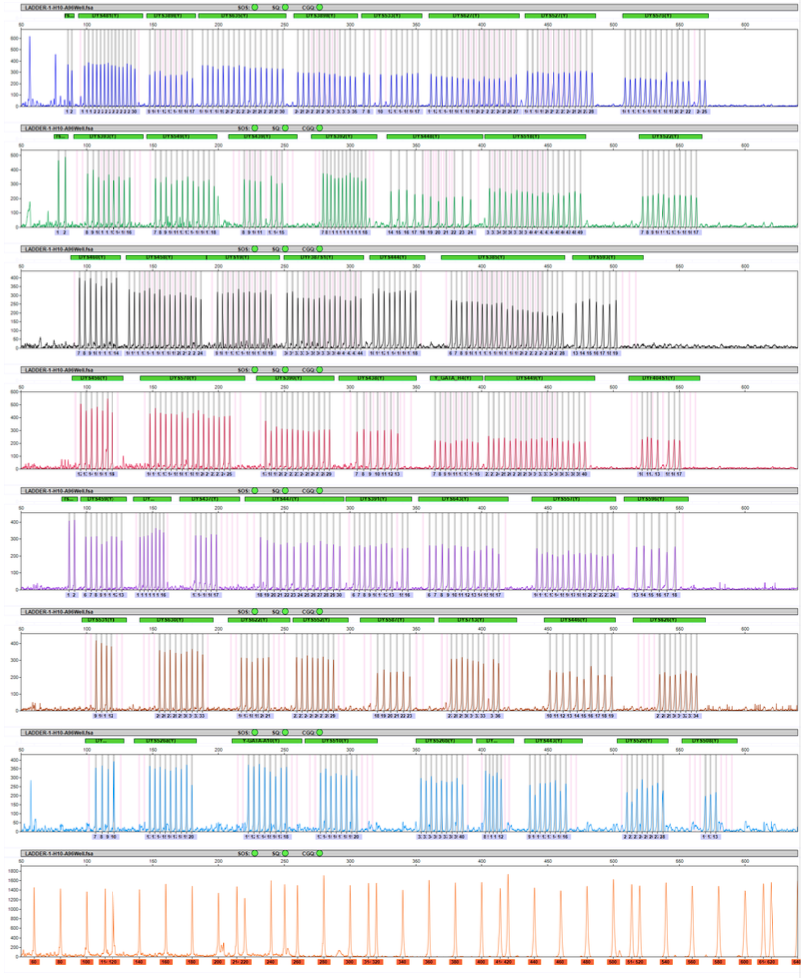Rape seedlings in winter must pass through winter
In the winter, the following measures should be taken to strengthen the management of rapeseed fields to ensure that rape seedlings can safely pass winter. First, irrigation and seedling protection Rape fields have irrigation conditions as far as possible water irrigation drought, to curb the spread of drought. Raft-free rapeseed fields can be flooded with furrows, irrigation to the depth of the ditches can be 2/3, so that the water infiltration of moist soil, can not be flooded and long irrigation, so as not to oxygen in the rape root system. Plowing the field of rapeseed field or transplanting rapeseed field is easy for the soil to sink and damage the root system. It is best to use fertilizer and water. Some rapeseed fields that have no water or irrigation costs that are too high to be irrigated can be sprayed with fulvic acid (also known as Drought Agent No. 1, FA) 1000-1200 times. Covering the canola rows with a cover can reduce soil moisture evaporation and improve drought and frost resistance. Cover can be selected straw, wheat straw, leaves, etc., covering a thickness of 6-8 cm. Second, cultivating roots The cultivator can promote the growth of rapeseed roots, promote root barbulation, and improve the drought resistance of the plants. It is advisable that the soil in the rapeseed field under no-tillage should be irrigated by drought and hardening in order to cut off the soil capillary and reduce the evaporation of water. Fields with irrigation conditions can be deeply turned in the rows of rapeseed when the soil moisture is good after irrigation, creating loose soil conditions for root growth. Plowing rape fields should be shallow ploughed and planed to pulverize the soil to reduce large gaps in the soil and reduce evaporation. The cultivator is conducted at high temperatures before winter to increase the soil temperature. Combine the cultivating roots with roots in the cultivator to prevent freezing of the rapeseed roots. Third, add fertilizer and promote seedlings When the temperature is higher before the winter, fertilizer is promptly applied to promote seedling growth. Top dressing can be applied alone or in combination with irrigation. In combination with irrigation, topdressing, generally before the irrigation, apply urea urea 7.5-10 kg or ammonium bicarbonate 15-20 kg, potassium chloride 5-7.5 kg. At the same time, the mixture was sprayed with a 0.5% urea solution, a 0.3% potassium dihydrogen phosphate solution, and a 0.1% borax solution, sprayed once every 5-7 days, and continuously sprayed 2-3 times. Fourth, soil cover fertilizer In the daily average temperature of 0 °C, in the rows of rapeseed soil and cover soil miscellaneous fertilizer, large seedlings Bacon, strong seedlings Pei Xin, seedlings covered roots. Fifth, re-application of wax Before wintering, topdressing fire ash or miscellaneous fertilizers in the rapeseed line can increase the soil temperature by 2-3°C and play a role in the winter spring planting. Each acre has 1000-1500 kg of pigs, cow dung, or 2500-3000 kg. Mixed fertilizer. VI. Antifreeze vaccine Before winter, the temperature is high, and freezing damage should be prevented from sudden drop in temperature. In the middle and late December, timely application of decomposing pigs and cattle manure, composting as wax fertilizer, and covering the roots with ash to prevent freezing. High temperatures in winter can cause early infestation of rapeseeds. In case of cold plants, they are susceptible to freezing and should be picked on sunny days to remove early infestations. Seven, foliar spray fertilizer Foliar spraying of phosphorus and potassium fertilizers during the winter canola can improve the ability of cold resistance, such as potassium dihydrogen phosphate, active element, Huimanfeng solution. Borax-deficient rapeseeds were sprayed with a 0.2% borax solution. Eight, cover grass protection Before the onset of frost damage, a layer of crop stalks was placed on the leaf surface of rapeseed to reduce the direct impact of cold wind on the roots of rapeseed. A layer of ash can also be applied to the rape leaf.
To extract a mixture of DNA fragments, put through a PCR instrument to do a simple purification. Remove the free fluorescent ddNTP single nucleotide, leaving a DNA fragment of a certain length, which can be sequenced on the machine. A polyacrylamide solution is first injected into a hollow capillary during the sequencing process. Then, the polyacrylamide solution was ionized by UV light irradiation to generate a polymerization reaction. The polyacrylamide gel produces a separation effect under the electric field to start the electrophoresis of nucleotide. The electrophoretic movement of short DNA fragments is fast, and the electrophoretic movement of long DNA fragments is slow. The mixture of DNA fragments moves from a negative charge to a positive charge under the action of an electric field in a capillary containing a polyacrylamide gel. The positive end of the capillary is irradiated with a solid-state laser, and a spectroscopic optical sensor records the different fluorescence intensities. Each DNA fragment, when passing through the laser scanning point, has a fluorescent group on it, which will emit a specific fluorescent color.
Fragment Analysis Instrument,Medical Diagnosis Clinical Analyzer,Forensic Testing Dna Sequencer,Capillary Fragment Analysis Genetic Analyzer Nanjing Superyears Gene Technology Co., Ltd. , https://www.superyearsglobal.com
Because in the previous polymerization reaction process, the starting point of the polymerization reaction starts from a specific primer position. Therefore, the DNA fragment that reaches the laser scanning point of electrophoresis first is the shorter fragment, so its polymerization termination position will be closer to the polymerization start position. Therefore, the fluorescent color reflects which of the bases at its 3' end is A, T, C, and G.
Conversely, the slower the electrophoresis of DNA fragments reaches the laser scanning point, the longer the DNA fragments. As a result, its termination site is farther away from the starting position of the primer. Finally, a map of four colors is obtained.
